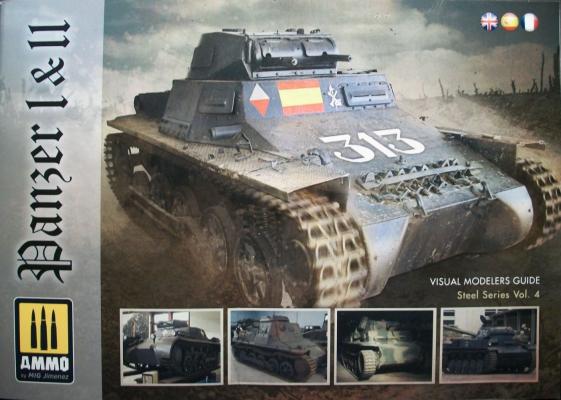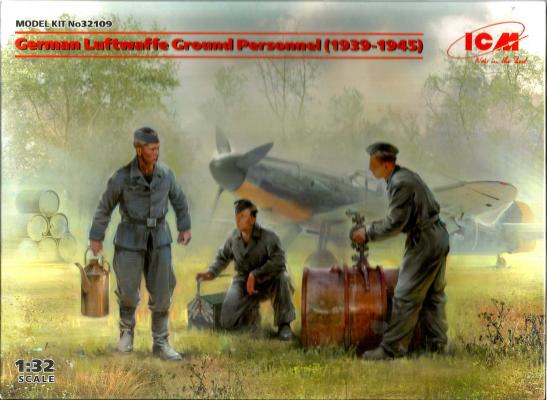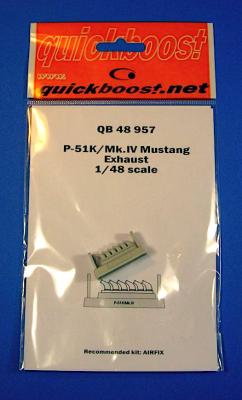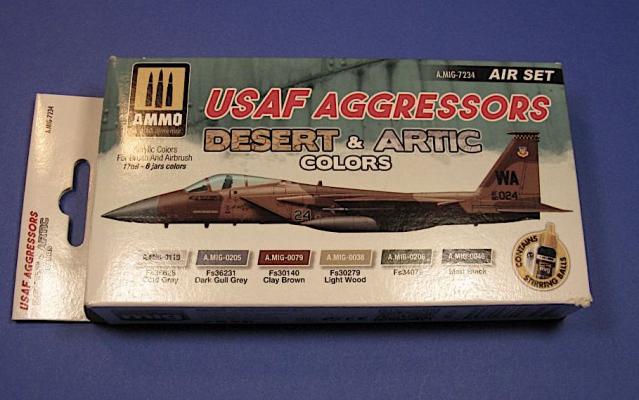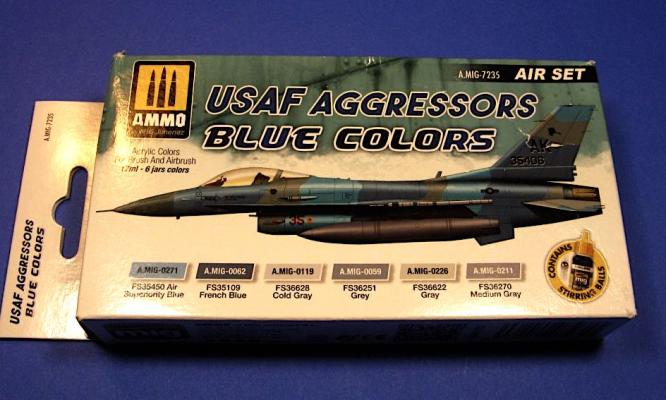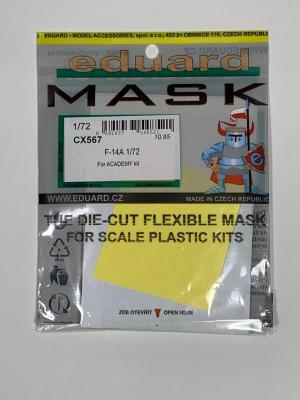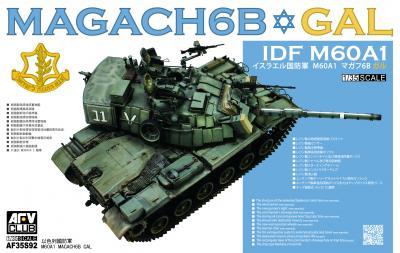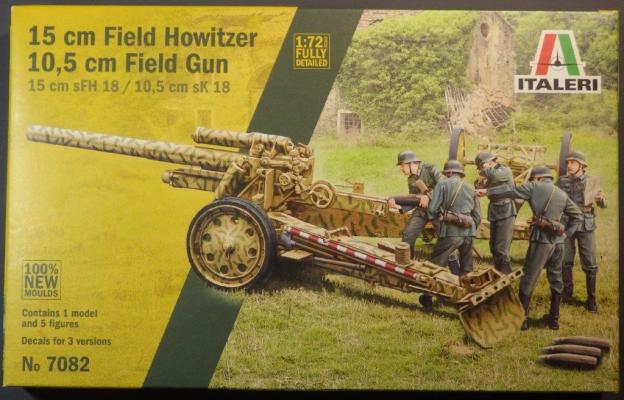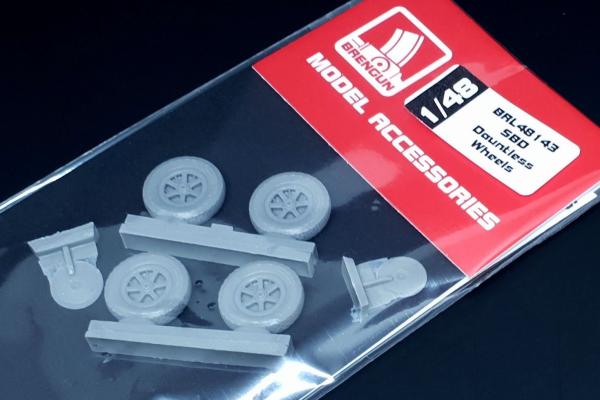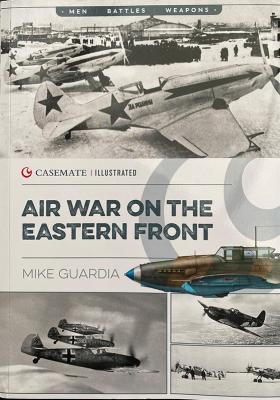This is a book from a series called Steel Series that covers armor subjects for modelers. This book covers Panzer I and II. The book’s aim is to provide all the distinctive details of iconic tanks. The book has 74 pages and over 190 high quality images. The book is in English, Spanish, and French.
The Panzer I and II were the mainstay of the German army at the beginning of World War II. All the images in the book are an awesome collection that will help any modeler in building a better representation of the tanks. The book will also be a great addition for historians, and anyone interested in these iconic tanks.
Each variant is covered in great detail with extremely high-quality photos. The Profile drawings are a great bonus at the back of the book.
The detailed photos in the book are fantastic and perfect for both tank enthusiast and modelers.

